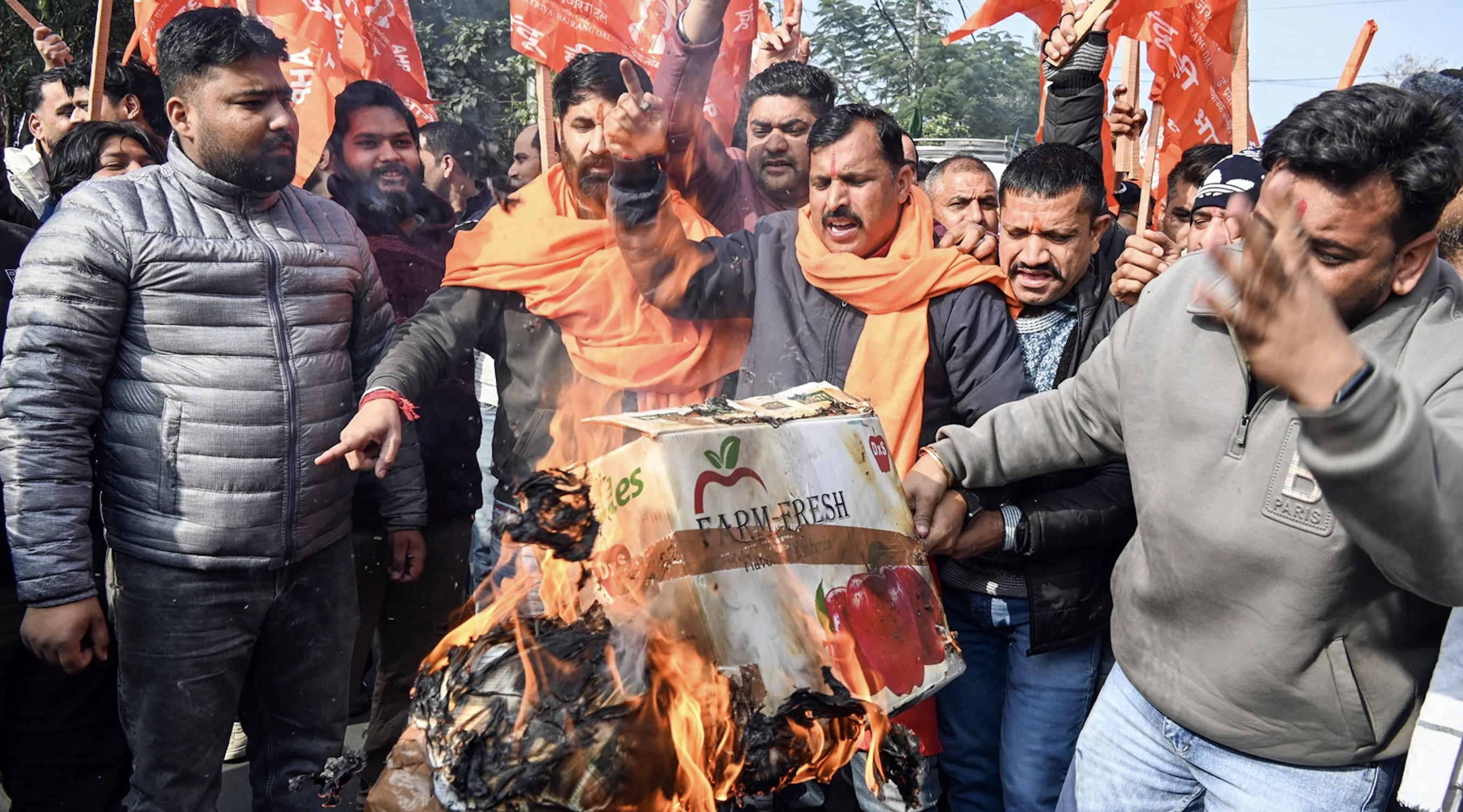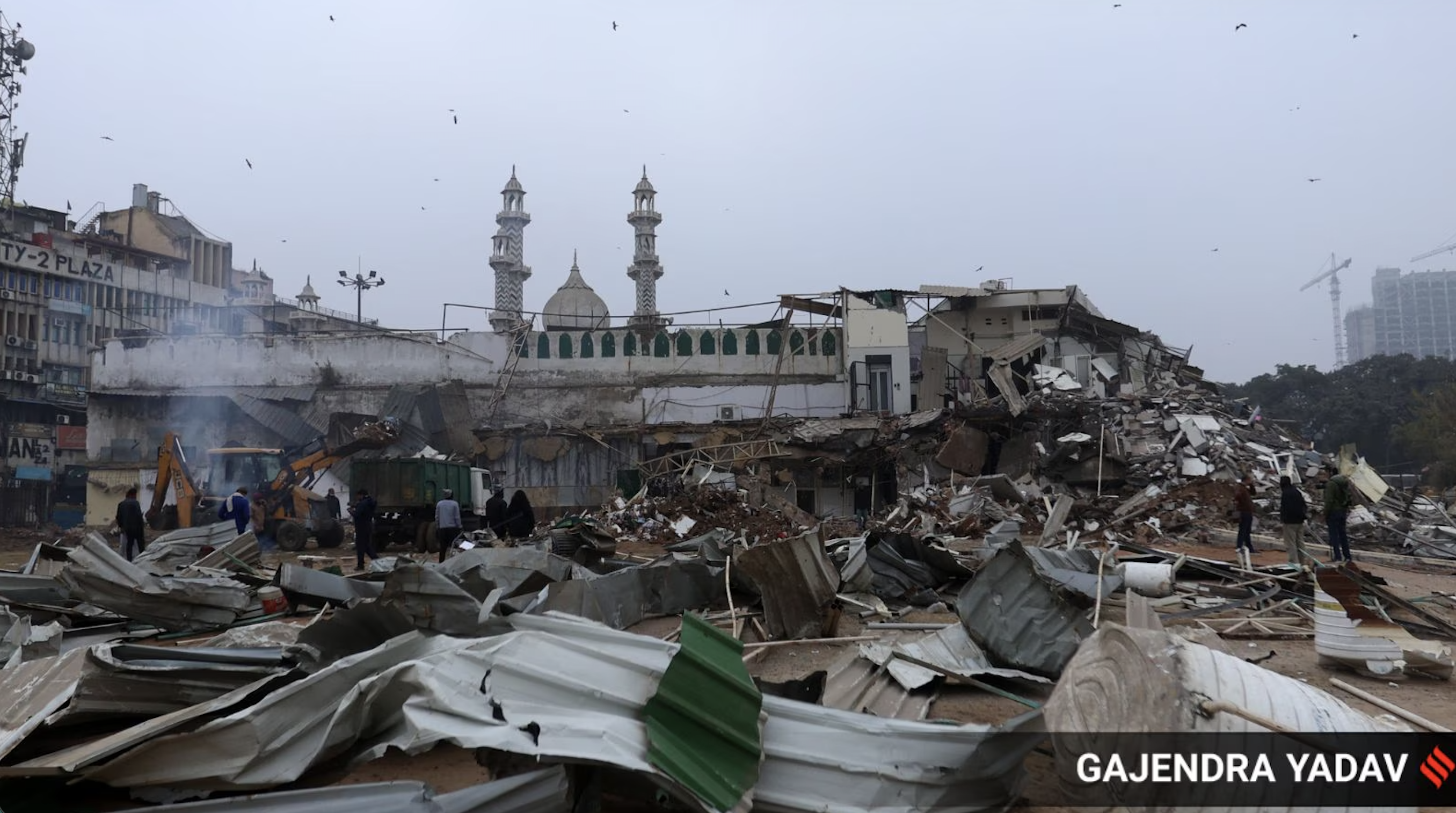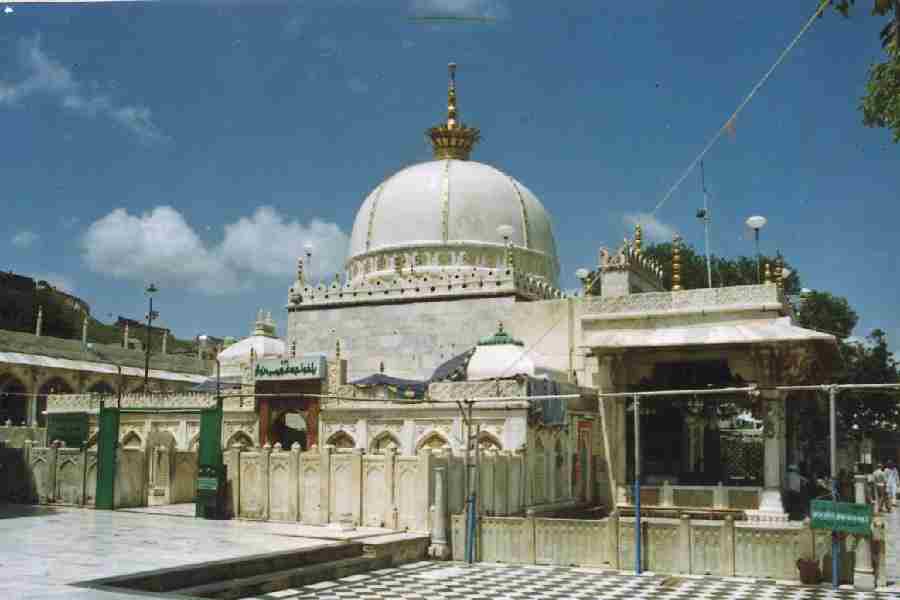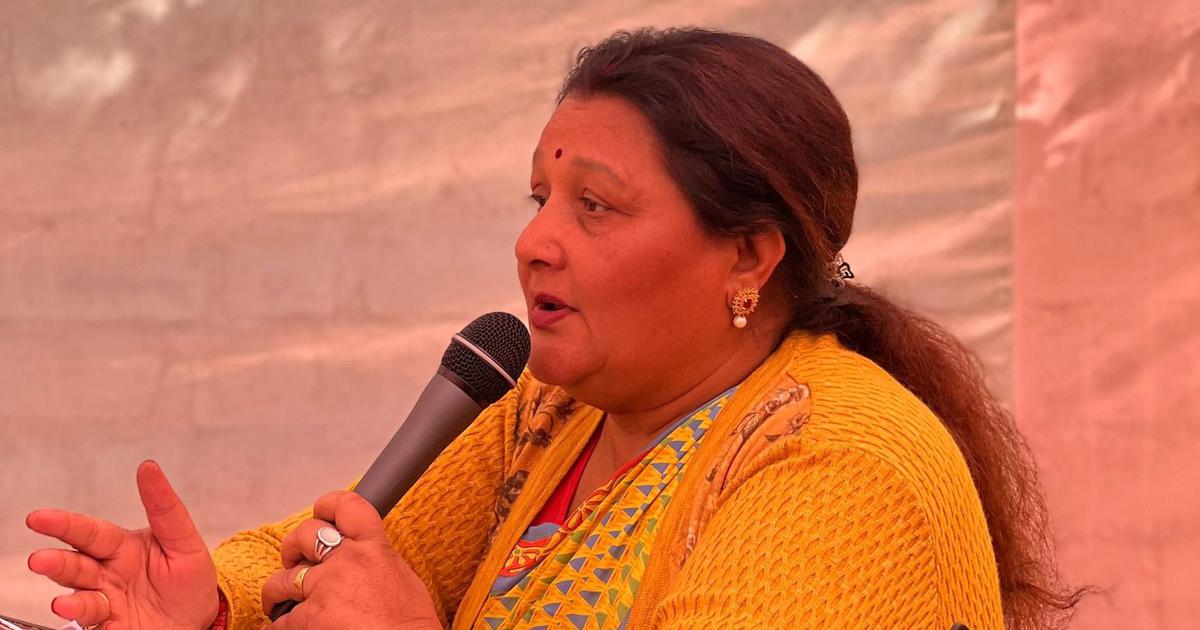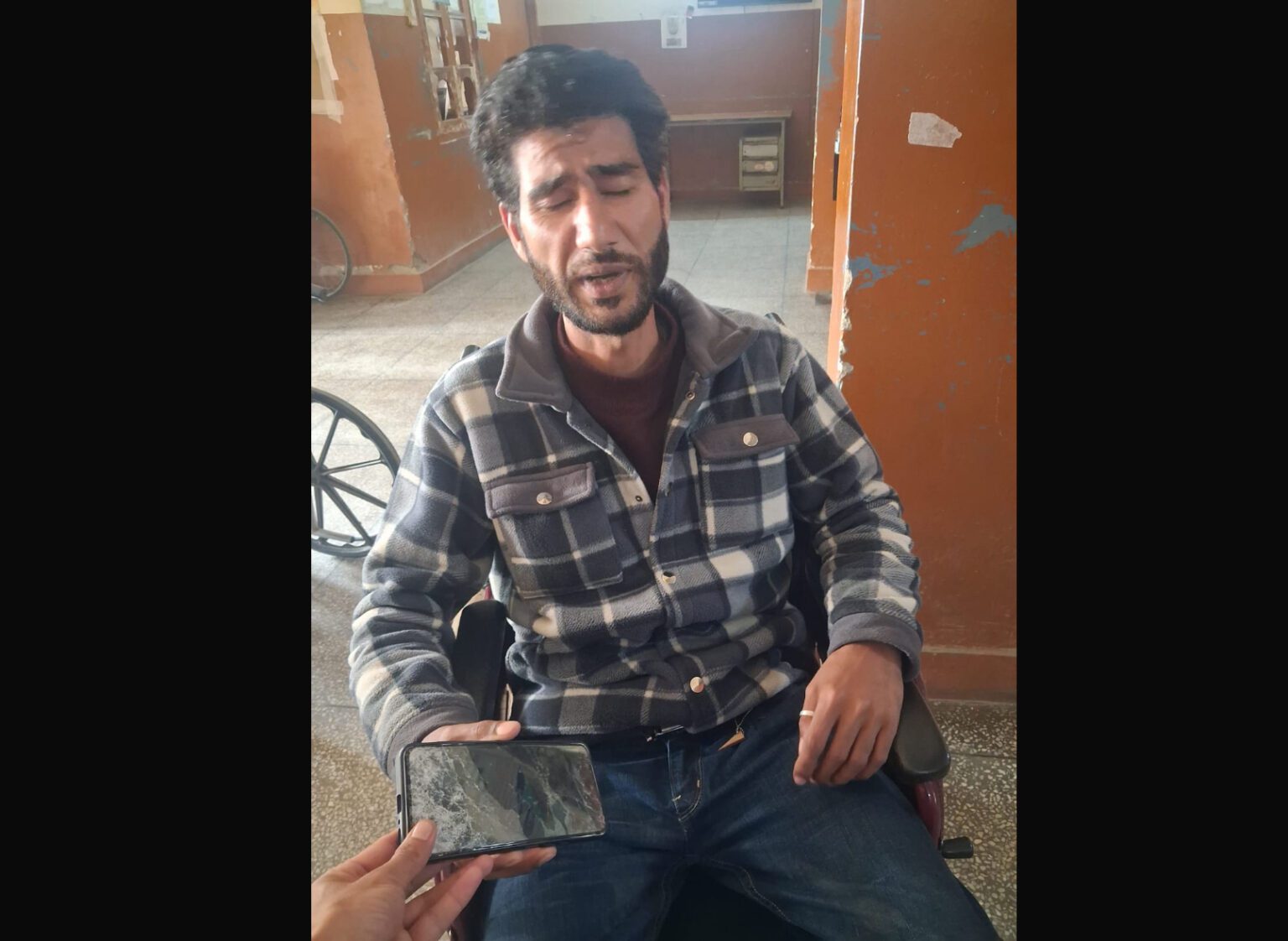Suhit K. Sen

On Wednesday, the Delhi Police filed a chargesheet in the Delhi riots case. It names 15 people. Six others arrested in connection with the riots have not been named in the document. They will, no doubt, be arraigned soon.
Should the fact that most of the 15 named in the chargesheet, and the six yet to be named, are anti-government protesters — mainly men and women peacefully demonstrating against the Citizenship (Amendment) Act (CAA), 2019, and the National Register of Citizens — occasion even the shadow of surprise? The answer is yes and no. We shall come to both the responses by way of a detour.
Let us examine the burden of the Delhi Police’s song, as reported in the media, since the document isn’t in the public domain. In brief, the chargesheet says: The accused systematically mobilised crowds to incite violence in the guise of protesting against the CAA; they planned for weeks to stockpile weapons, including stones, Molotov cocktails, and arms and ammunition (apparently of unspecified varieties); disseminated propaganda to the effect that government policies were anti-minority, in general, and anti-Muslim, specifically; and, that they were funded by several groups, including the Popular Front of India (PFI).
In democracies, it is called criticism of the government, dissent, disagreement etc. It is a completely legitimate form of activity. Most people would say it is essential to the functioning of a political democracy and an open society. No one in his or her right mind would hold that a person should be arrested and prosecuted for saying, for instance, that West Bengal chief minister has an anti-Hindu mindset, as Bharatiya Janata Party (BJP) president JP Nadda did on 10 September.
Second, being funded by various organisations for undertaking any form of political or public activity, be it protest or something else, can hardly be construed as a crime. All political parties receive funding from organisations, groups and individuals. The only problem would be in the areas of unregistered foreign funding or funding from banned organisations. The PFI is not banned countrywide.
Third, the charge that the accused systematically mobilised crowds to incite violence using the ant-CAA protests as a cover sounds a huge stretch. The anti-CAA protests started in December last year, not long after the amending Act was passed. They spread throughout the country, mainly in urban areas. They were almost always peaceful and those who participated did so freely.
Commentators, neutral observers, journalists and academics were struck from the very outset by the fact that these protests were ‘non-political’ in the sense that they were not organised or led by political parties. They were almost universally led by citizens, especially students, and the backbone of many of the individual protests, whether in Shaheen Bagh or Park Circus, was provided by people who had no history whatsoever of political protest. Often, homemakers who had barely ever ventured into the public arena literally left their hearths and homes to spend their days at protest sites.
It is mind-boggling that the Delhi Police, of which more in just a bit, should claim that there was systematic mobilisation to incite violence. It will have to explain why and how sit-in protests that had proceeded peacefully for two months or so suddenly erupted into violence towards the end of February only after the BJP leader Kapil Mishra made an incendiary speech, in effect giving the administration and the police a deadline to remove protesters (in the presence of officers of the self-same police force, who did not act against the offender).
As for the final charge, that it is completely trumped up seems a reasonable proposition. Every single protest site in Delhi, as also every protest of any substance throughout the country, was heavily policed. The Shaheen Bagh protest was terminated by the police force itself, after the announcement of the lockdown on 24 March. Is it the case that arms and ammunition were being stockpiled under the noses of the police who had been maintaining surveillance on the protests for weeks on end without their picking up even the merest of a whiff? If that is so, all the senior police officers involved in the operations should be sacked forthwith.
In a sense, the chargesheet filed by the Delhi Police should not come as a surprise, because, in the first place, the conduct of the Delhi Police had been so brazenly partisan in its handling of the protests at Jamia Millia Islamia and Jawaharlal Nehru University in December 2019 and early January 2020 that it was an augury. The Delhi Police’s record and its actions have moved Julio Ribeiro, one of the most eminent living members of the Indian Police Service, to question its actions. In a letter to the Delhi Police commissioner mailed last week, he had said, “Kindly revisit the actions of the police under your command in Delhi to determine if they have been true to their oaths taken at the time of their induction into service.”
On Wednesday, he iterated his concerns. What Ribeiro has pointed out is what many, many others have been saying. The Delhi Police has taken no action against the actual instigators of the riots, most importantly Kapil Mishra. No action has been taken against Union Minister of State Anurag Singh Thakur and Outer Delhi MP Parvesh Varma for making incendiary and actionable speeches, in the former’s case one including incitement to murder, creating a political climate in which riots could be engineered.
Everybody knows that Mishra and the Hindu Right instigated the riots and were preponderantly responsible for the violence against people and property that occurred during the riots. Everyone knows that the preponderant burden by far in terms of grievous bodily harm, loss of life and property was borne by the ‘minority’ community — to wit, Muslims. Yet, till now practically none of the people who carried out or instigated these riots have been investigated, forget arrested or charged. Muslim youth and those protesting against the CAA, regardless of faith, have been disproportionately targeted for prosecution. We should actually say persecution.
But, in a sense, it should come as a surprise. If a sense of complete outrage can be said to contain within it an element of surprise.
We have been seeing it happen over the past few years. We have seen the disproportionate use of the law of sedition (Section 124A of the Indian Penal Code), the National Security Act (NSA), the Unlawful Activities (Prevention) Act threatening to turn India from a democracy into the simulacrum of a police state. For the record, the law on sedition has been invoked 233 times between 2014 and 2018, and Uttar Pradesh has used the NSA 139 times this year alone, including 76 invocations against cow slaughter.
It was reported on 13 September that CPM general secretary Sitaram Yechury, Swaraj Abhiyan member Yogendra Yadav, and academics Apoorvanand and Jayati Ghosh were named in a supplementary charge-sheet in the Delhi riots case. The Delhi Police tied itself into knots trying to explain this away, while it later emerged that the recorded testimony in the case of two people were cut-and-paste jobs in which names had been misspelled and the so-called witnesses had refused to sign the statements. Bogus taken to a different level.
So, it is outrageous and, therefore, surprising that the rule of law should be perverted by a law-enforcement agency, the job of which is to police the country’s capital. And, as we all know, when the state itself subverts the rule of law, constitutional democracy cannot be said to properly exist. Are we watching India’s descent into arbitrary, authoritarian rule? The jury’s coming in.
This story first appeared in ‘FirstPost’ on September 17, 2020 here.


